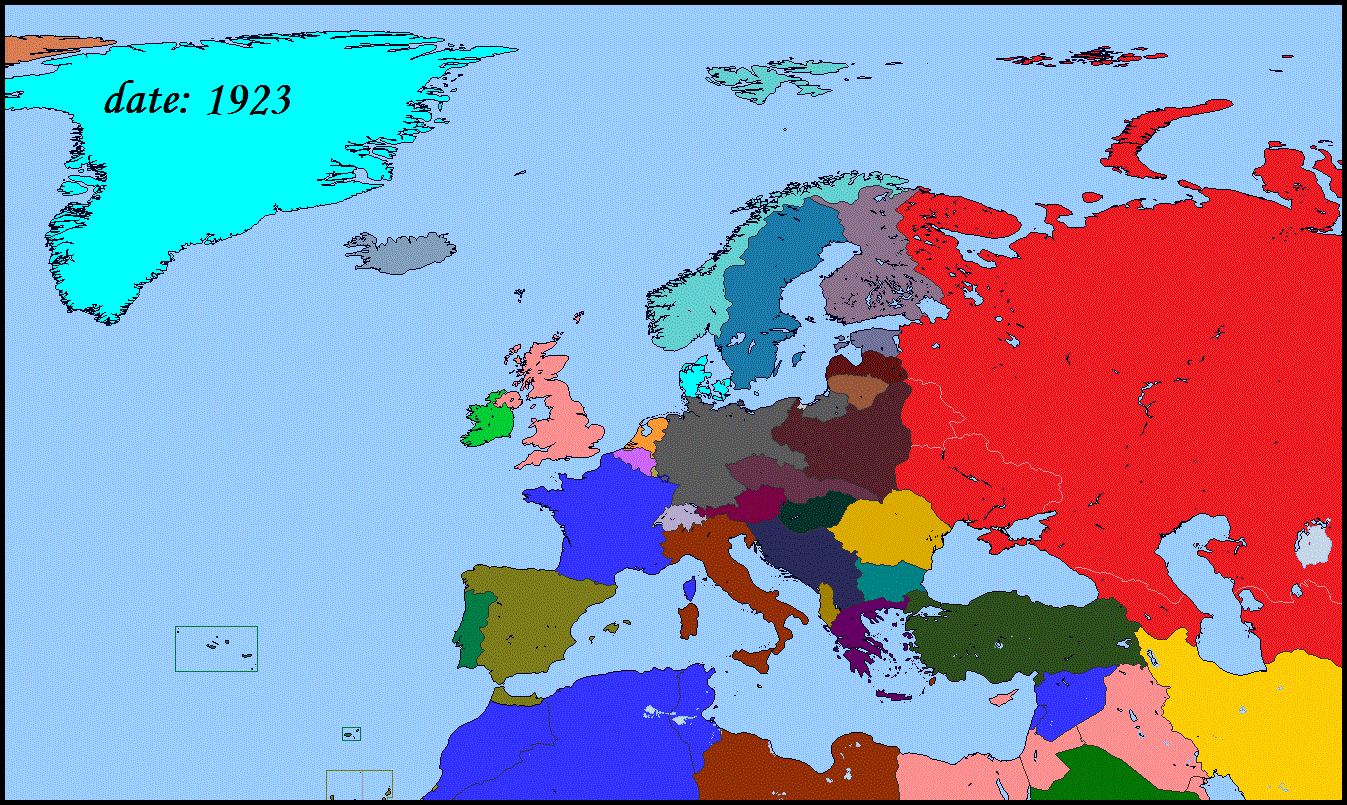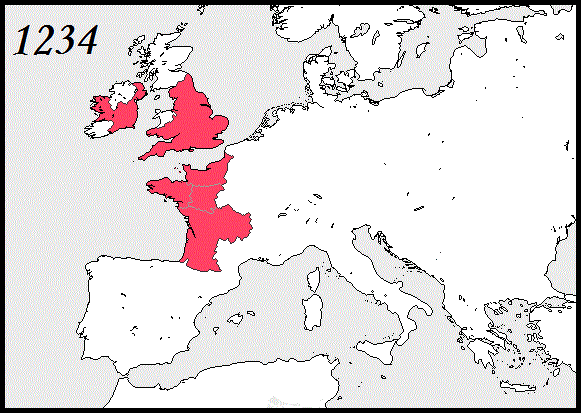HOME | DD
 HistoryRedone — TL-1857, part 4, March to War
by-nc-nd
HistoryRedone — TL-1857, part 4, March to War
by-nc-nd

#alternatehistory #britain #fascism #fascist #france #germany #italy #mussolini #nazi #althistory #alternatehistorymap #germanempire #tl1857
Published: 2019-10-15 13:40:22 +0000 UTC; Views: 2922; Favourites: 19; Downloads: 7
Redirect to original
Description
A follow-up to my scenario The North Secedes , as requested by popular demand
!!DISCLAIMER!!
This scenario covers a time period of almost a century after the original PoD and covers the alternative course of World War One.
Therefor, the accuracy and realism of this scenario is significantly lower than in part one. Still... this is a lot of fun
So enjoy.
PoD: 1857
On August 13th, 1925, Charles Maurras gave a grand speech before 350,000 Frenchmen, soldiers and civilians, in which he declared the French civil war won, and that a New Francia had rightfully been restored. Maurras was named "Dirigeant de Francia", or "Leader of Francia".
From outside 'Francia', the Allied powers looked on. The 'legitimate' Fourth French Republic government had fled to French Polynesia, installing there a government-in-exile. They were officially present, but in effect they were powerless and removed from the board.
With the civil war won, Maurras and his government set out to reform Francia. Naté-focused national institutions were founded, among which the Communauté de Travail Unie de Francie (CTUF), unionising the Francian labour force, the Gloire de Francie Programme, which was designed to increase worker happiness by increasing the living standard, and decreasing the prices of traveling, holidays, cinemas, etc., which helped bridge the divides in the Francian population that existed after the civil war. Throughout all this, the Naté increased its grip on every layer of Francian life. Industry boomed, unemployment virtually disappeared, and despite losing much of their freedom, the Francian people were increasingly happy with their prosperity.
A great part of Francian production was aimed at projects that would not only increase Francia's prosperity, but also would be beneficial for any military actions. This increase in internal spending meant that Francia was getting behind on its war reparations. When it finally fully missed one in 1928, Maurras used this to urge the Allied Powers to hand back control over the Protectorates of Normandy, Picardy, the Ardennes, and Champagne. Germany was hesitant, but Britain, Luxembourg, and the URA voted in favour of appeasing Maurras and the Naté. Within a year, the four protectorates had been fully integrated into Francia.
In 1930, western Europe was shocked by another wave of demands, coming from Maurras. He demanded the "return" of Francian lands, in this instance referring to the Kingdom of Belgium. Emergency councils were held in Cologne. Germany and Britain had suffered greatly in the Great War, and they recognised the inability of their respective nations to go to war right then and there. URA President Coolidge came with a compromise: a general referendum in Belgium on the unification with Francia.
Popular opinion in French-speaking Wallonia was already in favour of unification, as plans for just that had already been around for centuries. On top of that, voting stations in both Wallonia and Flanders were under surveillance and control of Naté-sympathising paramilitary organisations, such as the Frankische Broederschap, working out of Antwerp. So in June 1930, with an 87% popular vote in favour for the annexation, Naté troops marched into Belgium and the nation had officially become a part of Francia.
Over the course of 1930, various secret services picked up slithers of information of something called Opération Constance, organised by the Podes, the "Police d'état secrète", Maurras' Francian secret police, but even with a limited degree of information sharing between the allies, they only found out when it was too late. In December 1930, the Podes launched multiple undercover attacks at different Swiss officials. Opération Constance was designed to destabilise the Swiss Confederation and grow an evermore greater desire for stability that only an external force could supply.
When a revolt broke out in Ticino, conflict spread into the Italian provinces of Piedmont and Lombardy. Within 24 hours, two full divisions had already entered Ticino and were pushing west. During a Swiss counteroffensive in the Aosta valley, a platoon of Francian soldiers had gone missing. Their last communications had reported Swiss soldiers attacking. Despite Swiss claims that the whole counterattack had been fabricated by the Naté and Italian fascists, a claim which was seriously considered by Germany and Britain, Francia officially declared a defensive war and invaded, strongly aided by pro-Naté militia in Western Switzerland.
This declaration of war was met by one of Britain, Germany, and the URA, who declared an embargo on Francia and Italy, and demanded that they retreat from Switserland, or be faced with "dire consequences".
However, Italy and Francia ignored the threats, and instead attacked. By March 1932, Zurich had fallen, and the Peace of Thurgovie was signed. The Cantons of Thurgovie, Appenzell, Glaris, and Saint-Gall would be reformed into the Confédération de l'Allemagne du Sud, which would remain under direct Francian military control; Grisons and Ticino would be granted to Italy; and Francia would Directly annext the other former Swiss cantons. These terms would be ratified in the Treaty of Aosta, signed one week later. This treaty arranged for the exchange of "Natural Provinces" between Italy and Francia: the Aosta province would be exchanged for Corsica and Tunisia, two provinces which were respectively not fully under Francian control and not important, and as such gladly exchanged for Aosta.
These were, however, already predetermined conditions, as per the 1927 Secret Imperial Pact between Francia and Italy. Though this pact was unknown to the Allied Powers, they did see that there would soon be only one outcome possible. British parliamentarians stressed and prayed that a peaceful outcome would be possible, but the German Empire did not see it that way. With all haste, they assembled troops and equipment to strengthen the now expanded border with Francia. They feared that all that was needed to escalate this local aggression into another World War would be just the smallest of opportunities. This opportunity came midway through 1932.
On the 29th of September, 1932, Friedrich Wilhelm Viktor Albert von Preußen, better known to the world as Kaiser Wilhelm II, aged 73, died in the Imperial Palace in Berlin. His son, the 50 year old Kronprinz Wilhelm was declared Kaiser Wilhelm III of the Greater German Empire. The entirety of the Empire was in a state of shock when their monarch, who had seen so much change in Europe in his 44 year reign, was now gone. People mourned, people toasted to his legacy and his successor, people openly praised his successes and silently discussed his failings, but over the borders, in Francia, his death was received with a completely different response. In the Naté headquarters in Versailles, Charles Maurras raised a glass to the New European Order.
On the 10th of October 1932, Charles Maurras, gave a grand speech in Poitiers, which was broadcast all over Francia as "le Discours de Poitiers", exactly 1200 year after the Battle of Poitiers, in which the Franks defeated the then undefeated Umayyad Caliphate. Before 875,000 Francian soldiers and civilians he declared that the time was right to retake that which was rightfully Francian. He declared the end of the "Century of Humiliation" at the hands of the "False German Hordes", and the revival of Francia, in all its glory.
That night, at 23:15, Francian troops launched full-scale attacks at Néau and Bullange in Liège, at Schaffouse and from Argovie in former Switzerland, and through neutral Liechtenstein. Two days later, the Italians attacked as well, and with that, the Second Great War had started.


















